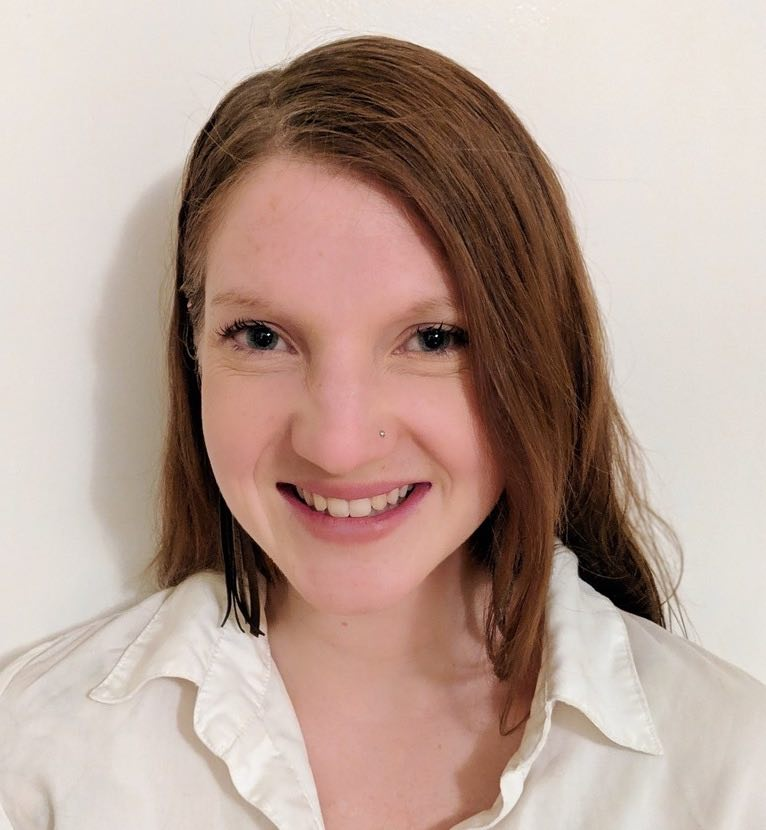
Photo: Eli Sagor, https://flic.kr/p/4RbF3z
I had the chance to sit down with Elder Velma Orvis and ask her about harvesting medicines. Below is our conversation. –
Kyla Neufeld
What plants do you harvest for medicines?
On the Medicine Wheel we acknowledge four plants. We start in the East with the tobacco. At one time it was just wild tobacco, but now we make our own. And then sage in the South and cedar in the West, and sweetgrass in the North. So we can use those for smudging.
Usually when we are working with women, we just use sage because that’s mother’s medicine. And women that are on their time, when we have the full moon, they can smudge. So, with women we don’t really use the other three too much.
Those four main medicines are what we smudge with. When I worked at Stony Mountain I used all four because, of course, it was all men.
And then there’s other medicines with muskeg tea that grows under the cedar. There are so many. Different people use different medicines for different ailments. When you use medicines you should always use two for balance.
What is the significance of the four directions?
On the Medicine Wheel. We always start in the East because that’s where Grandfather Sun rises. We can go around the medicine wheel for healing, but we have to go many times because we can’t just go once and then we’re healed for the rest of our lives.
How are medicines used in ceremonies?
We have the Sharing Circle and we have four dances, like the Eagle Dance in the spring, the Sun Dance in the summer, the Warrior Dance in the fall, and then the Ghost Dance. So those medicines are all used. The only difference is the Eagle, the Sun Dance, and the Ghost Dance are all done in the day. But the Ghost Dance, sometimes they’ll dance all day and evening, so they will use those medicines for smudging.

Photo: antefixus21, https://flic.kr/p/RzmYD3
How do medicines contribute to emotional and spiritual wellness?
Things like sage, it brings balance. So, when people are having a hard time they’ll smudge with sage. It’s calming, very calming.
We have to be careful how we pick it too, not to take the root, because once you take the root, there’s no more growth. It’s gone.
Some medicine is in the water. Some people will use the waterlily, a certain waterlily, the root for heart medicine. And there’s a medicine called wikay, that grows amongst the bulrushes, that’s very good for colds and headaches.
Anytime you go out to gather medicine you have to offer tobacco, say a prayer, or thank the Seven Generations that came before us that picked carefully so there would always be medicine for the next generation. So we are always mindful of the Seven Generations that are coming. Just like when you pick cedar you don’t just strip the tree. You have to go from tree to tree. We wear our ribbon skirts when we pick medicine as a sign of respect.
How have you seen the impact of using medicines in your own life?
I find it very healing, and I really believe in it. I haven’t taken prescription drugs since the ’60s, and I don’t buy over the counter either. I get a sore throat, I just chew wikay, and it’s gone in a few hours. I haven’t had a cold for years.
Can harvesting medicines be used to teach Indigenous youth about their own culture and heritage?
Oh yeah, it does. I know with the Ndinawe program, I’m sure they take the kids out, and they have different youth programs. They will offer to take the kids out to learn how to pick.
Can teachings about medicines foster reconciliation between Indigenous peoples and Settlers?
I think so because we both have to give. We both have to give, and we both have to forgive. Teaching is part of sharing. And also the four colours of people are on the Medicine Wheel: the yellow in the East, the red in the South, the black in the West, and the white in the North. So we are all equal in the eyes of God; it’s only us that make the difference.
I am a Red River half breed, because to be Metis you have to have French blood, which I do not have. Lord Selkirk made an agreement with Chief Peguis to bring Scottish farmers over here 200 years ago. So I am Scottish Cree and Ojibway, plus English. So the protestants were farmers and had their own language, which was bungay, a mixture of either Cree and Gaelic or Ojibway and Gaelic, and was spoken by many people along the Red River. We had Upper Fort Garry and Lower Fort Garry, and the Metis had Fort Gibraltar on the east side of the Red River. They lumped us all together in the ’60s, and now people believe we are all Metis, which we are not.
For reconciliation to happen, both parties have to be able open up to give.I think Rupert’s Land is very fortunate with Geoff as the bishop because he’s very open. We have a mixture of traditional and Christian, and it really blends well together. That’s all we have to do: be open.






